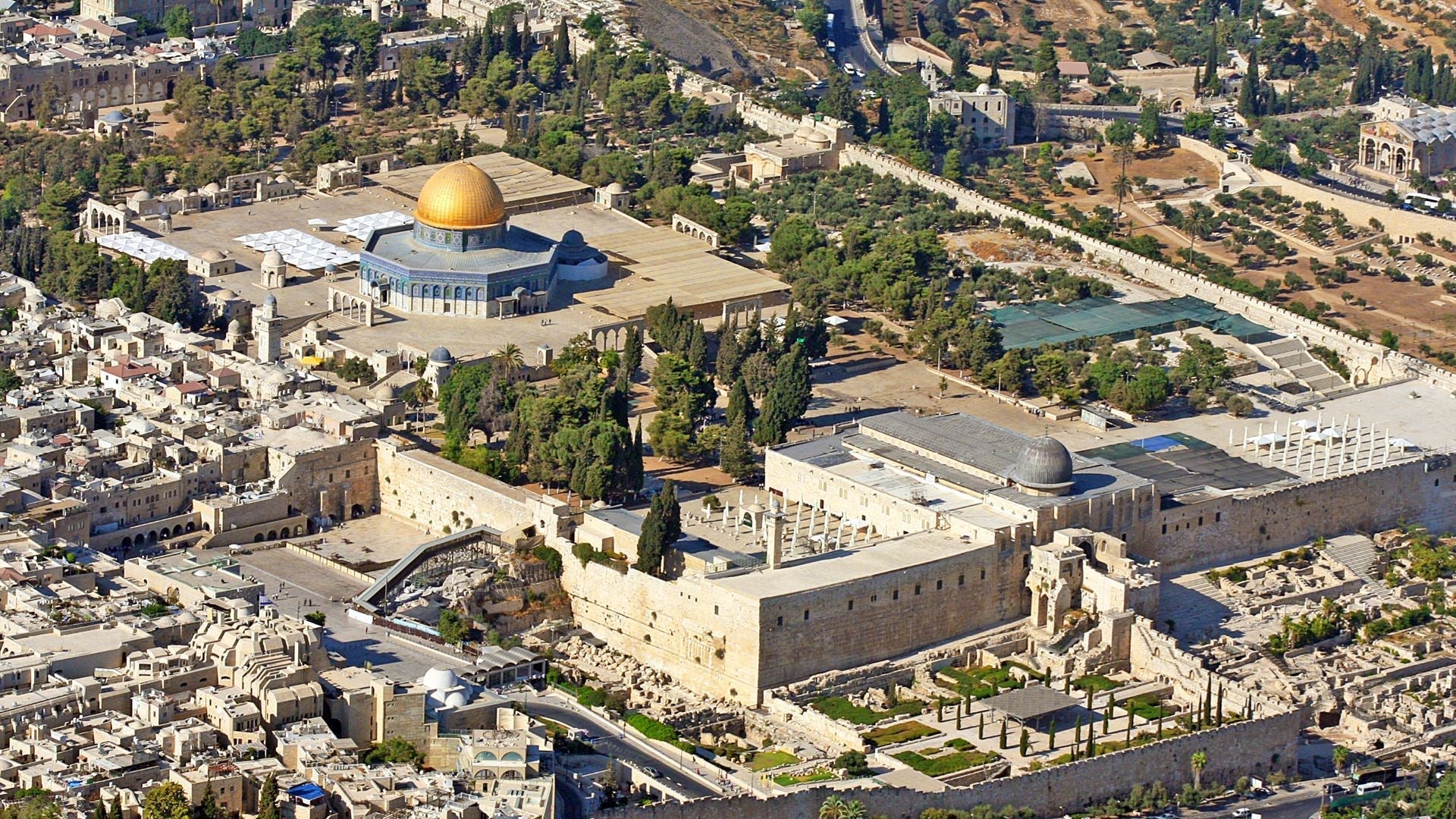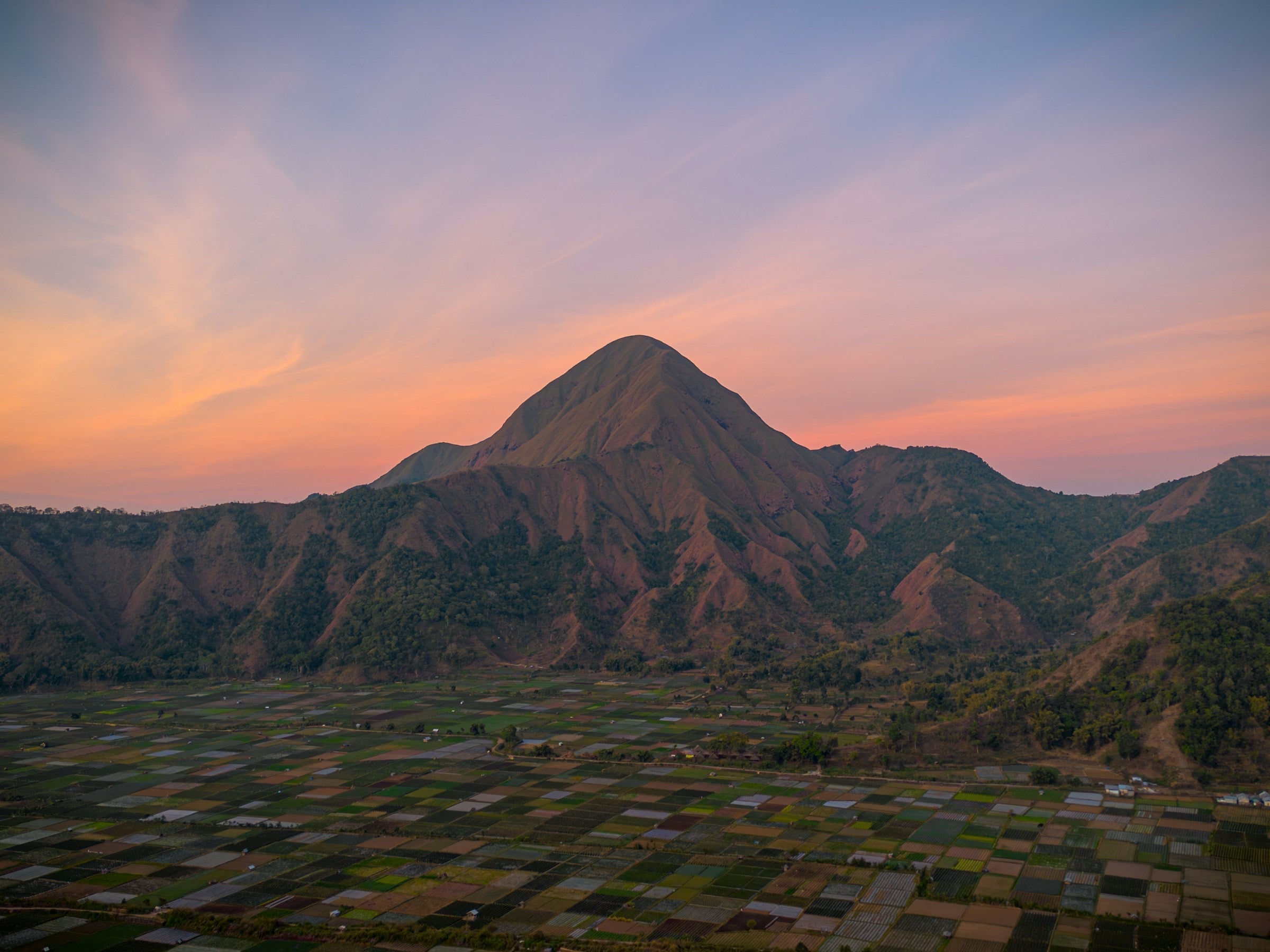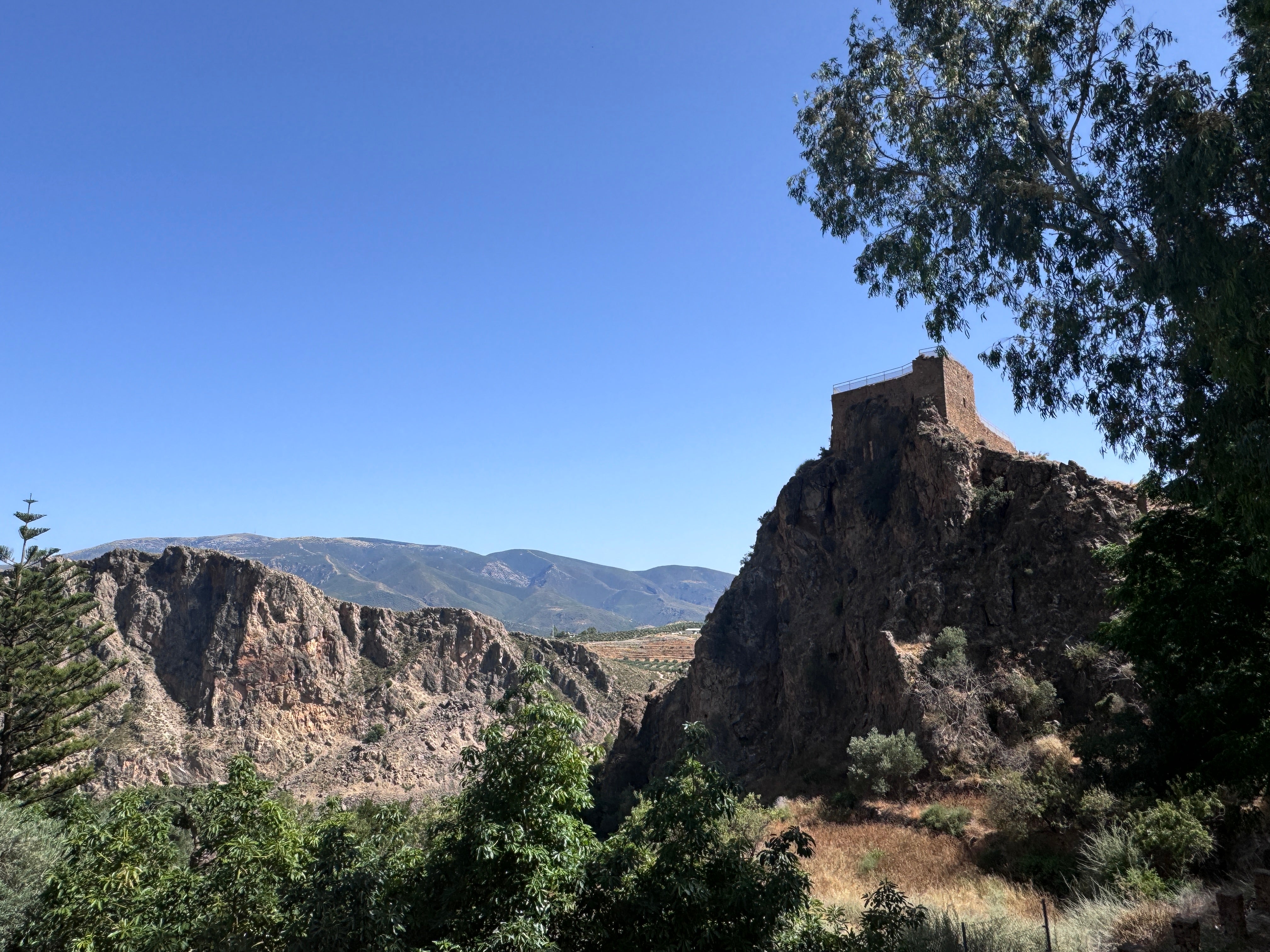Masjid Al-Aqsa is one of the holiest and most revered sites in Islam. Yet, despite its profound significance, much of its rich history and unique features remain unknown to many. During our visit, we realized that wherever you walk within the sacred compound, you're bound to discover something extraordinary — a hidden gem, a piece of untold history, or a spiritual reminder.
This reflection inspired us to compile a list of ten lesser-known but truly fascinating facts about Masjid Al-Aqsa. Whether you're planning a visit or simply wish to deepen your understanding, these insights will help you appreciate Masjid Al-Aqsa on a whole new level.
1. Not Just One Building
One of the most common misconceptions about Masjid Al-Aqsa is that it refers to a single structure. In reality, it’s an expansive complex covering 144,000 square meters, encompassing over 200 historical buildings and monuments. The Qibli Masjid (the southern prayer hall), the Dome of the Rock, various gates, minarets, fountains, and open courtyards all collectively make up what is known as Masjid Al-Aqsa.

2. A Timeless Masjid
Masjid Al-Aqsa has always been a Masjid, a sanctuary of worship, according to Islamic tradition — long before modern labels like “temple” or “site” came into use. From the time of Prophet Adam (AS) through Prophet Ibrahim (AS), Prophet Sulaiman (AS), and Prophet Isa (AS), it has served as a place of monotheistic worship.
A hadith narrated by Abu Dharr (RA) in Sahih Bukhari confirms this sacred legacy:
“I said, ‘O Messenger of Allah, which mosque was built first on Earth?’ He said, ‘Al-Masjid Al-Haram (in Makkah).’ I asked, ‘Then which one?’ He replied, ‘The mosque of Al-Aqsa (in Jerusalem).’ I asked, ‘What was the period between them?’ He said, ‘Forty years.’”
3. The Qibli Masjid Was Once Twice Its Size
The iconic Qibli Masjid, known for its dark grey dome and historical significance, was once double its current size. Around 1,000 years ago, a devastating earthquake caused major structural damage, reducing it to half its original scale. To this day, you can see the foundation stones of the missing half, marking the scale of what once stood there.

4. Al-Aqsa Has Its Own Museum
Masjid Al-Aqsa houses the oldest museum in Palestine, dating back nearly a century. This museum holds rare and priceless artifacts such as:
-
A massive brass crescent that once adorned the Dome of the Rock
-
Burned remnants of the famous Mimbar (pulpit) built by Nur al-Din Zengi and installed by Salahuddin Al-Ayyubi
-
8th-century wooden panels from the original mosque ceiling
-
A rich collection of Qur’anic manuscripts from various Islamic dynasties, including the Umayyads, Abbasids, Fatimids, Ayyubids, Mamluks, and Ottomans
5. The World’s Oldest Islamic Inscriptions
The Dome of the Rock is home to the earliest surviving examples of Islamic inscriptions in the world. These intricate Qur’anic mosaics, dating back to the 7th century, include verses and dedications that confirm the early Islamic presence in Jerusalem. A particularly famous inscription runs along the inner octagonal arcade and has been studied extensively by historians such as Marcus Milwright.

6. The Grave of an Indian Scholar
Along the western corridor of the Al-Aqsa complex lies a grave many overlook — that of Mawlana Muhammad Ali Jauhar, a respected Indian Muslim scholar, political leader, and passionate supporter of Palestine. After his death in London in 1931, he was buried near Masjid Al-Aqsa upon request from the Grand Mufti of Palestine — a final honor for a man deeply devoted to the ummah.

7. The Quietest Spot in Al-Aqsa
When you think of Al-Aqsa, your mind likely jumps to the Dome of the Rock or the Qibli Masjid. But one of the most peaceful and overlooked areas is the eastern section of the complex. Tucked far from the main entrances and foot traffic, it offers serene seating areas beneath olive trees, where cats roam freely and the atmosphere invites deep reflection and calm.

8. Raised Platforms for Knowledge
Scattered throughout the compound, you'll find raised stone platforms, once used as open-air classrooms. Scholars would teach students seated around them, with each platform dedicated to a particular subject. Many even feature a mihrab, allowing students to perform prayers without leaving the space — a beautiful symbol of the union between knowledge and worship.

9. Italian Marble Inside the Qibli Masjid
Within the Qibli Masjid, you’ll notice striking marble columns — a gift from an unlikely source: Benito Mussolini, the Italian dictator. While his intentions were likely political, the marble now stands as a part of Al-Aqsa’s architectural legacy, adding elegance to the interior of one of Islam’s most sacred spaces.

10. Salahuddin Al-Ayyubi’s Hidden Legacy
If you approach the front of the Qibli Masjid, you’ll find a stunning mihrab (prayer niche) gifted by none other than Salahuddin Al-Ayyubi, the liberator of Jerusalem. Inscribed at the top is not only his contribution but also his lesser-known name: Yusuf. Of all that he built in Al-Aqsa, this mihrab is the only piece that remains intact — a quiet tribute to a giant of Islamic history.







Share:
Where to get the best views of Alhambra Palace in Granada?
10 Things Most People Don’t Know About Madinah